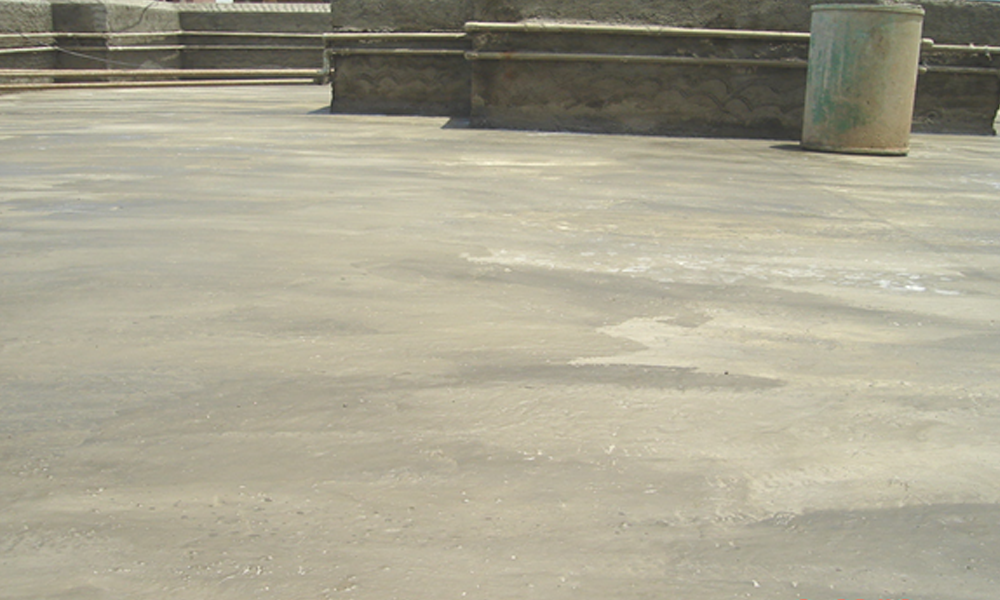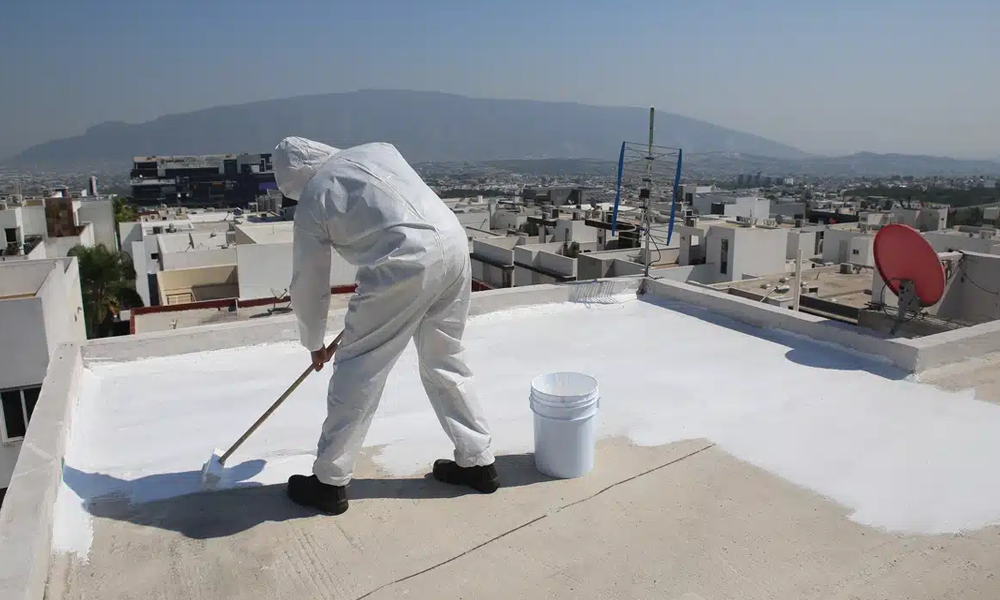

PROTECTIVE COATING WORK
Protective coating work involves the application of specialized coatings to surfaces to provide protection against corrosion, wear and tear, environmental damage, and other forms of deterioration. These coatings are applied to various substrates, including metal, concrete, wood, and plastic, to enhance their durability and longevity.
The process begins with surface preparation, which is crucial for ensuring proper adhesion and effectiveness of the protective coating. This may involve cleaning, degreasing, sanding, and priming the surface to remove contaminants and create a suitable substrate for coating application.
Selection of the appropriate protective coating is based on factors such as the type of substrate, environmental conditions, and performance requirements. Common types of protective coatings include epoxy coatings, polyurethane coatings, acrylic coatings, and corrosion-resistant coatings, each offering specific benefits and applications.
Application techniques vary depending on the type of coating and the substrate being coated. This may include spraying, brushing, rolling, or dipping, with multiple coats often applied to achieve the desired level of protection and coverage.
Once applied, protective coatings form a durable barrier that shields the substrate from damage caused by exposure to moisture, chemicals, UV radiation, abrasion, and other environmental factors. Regular inspection and maintenance are essential to ensure the ongoing effectiveness of protective coatings, with recoating or touch-up applications performed as needed to maintain protection levels.
Protective coating work finds application in various industries, including manufacturing, automotive, aerospace, marine, construction, and infrastructure. It is used to protect a wide range of assets and structures, including bridges, pipelines, storage tanks, machinery, buildings, and equipment, helping to extend their lifespan and reduce maintenance costs over time.

